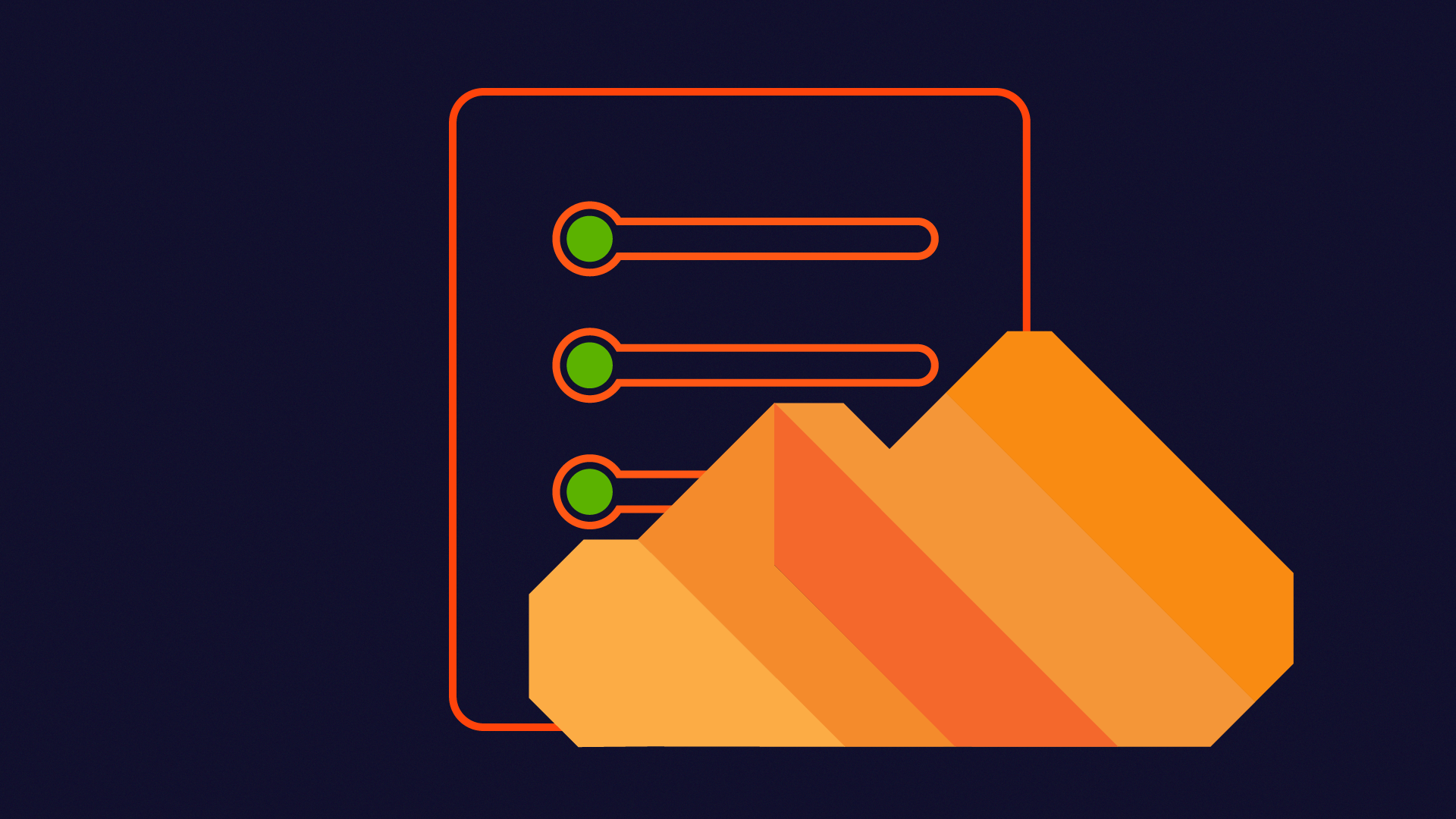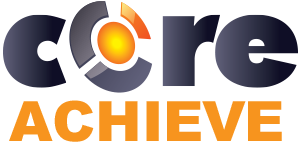
SaaS LMS: Why a SaaS LMS is the Best and Most Affordable Training Solution
Almost everything today is delivered via the cloud and for good reason—it means we can get access to higher quality products for a cheaper price. The training industry can get the benefits although it might not be the most intuitive. A learning management system (LMS) can fit perfectly into a cloud-based model.
What is Software as a Service (SaaS)?
Software as a Service (SaaS) refers to a model of delivering centrally hosted software via the internet (more often known as the cloud), usually with a subscription-based model. Whenever a user of a SaaS service logs on they are connected to the provider’s servers and accessing their data or tools from the server.
The SaaS model is nearly ubiquitous, so much so that you might use it without knowing—common tools like email services or calendar organizers are cloud-based software. Yet, email and calendars are easy to understand how they could be over the cloud, but what about a Learning Management System (LMS)?
Combining SaaS and an LMS
What follows is a learning management system that is hosted and accessed via the cloud. A SaaS LMS allows for organizations to train without needing to install and host LMS software on their own servers. These internal servers would be costly (in both time and money) and wouldn’t be available to everyone. So, a SaaS LMS gives organizations the benefits of eLearning without the biggest costs.
Benefits a SaaS LMS
An LMS being SaaS will have many benefits for your organization beyond helping you train. The following benefits are all directly in relation to a SaaS platform.
-
SaaS makes the platform more flexible
Users will be able to access their platform regardless of device or browser, if they have an internet connection, they will be able to train.
-
Reduce Implementation Time
Since a SaaS LMS provider already has their platform running, it takes much less time to begin training on a SaaS LMS than an internal platform. You could begin training as soon as the purchase is made.
-
Easier Scaling
A SaaS LMS’ data is hosted and stored on servers that your organization doesn’t pay, maintain, or change, meaning that needing a change in data is not a matter of installing new storage in a server but rather, just a couple of clicks.
-
Less to Balance
A training platform should let you only focus on training, but by having an internal platform you are going to need to balance upgrades, maintenance, bug-fixes, and other costs. With a SaaS LMS, on the other hand, the vast majority of those activities are handled by the host.
-
Always Up-to-Date
Having an internal LMS makes it much more difficult to stay up-to-date with the newer trends in training, as updates will be automatic and always compatible, unlike with the internal platforms. A SaaS LMS will have constant updates to stay competitive in the training environment.
-
Handled Security
Cloud-based, SaaS platforms are very secure. The biggest problem (and happens to be with non-SaaS platforms too) is human error, like not updating or reusing passwords. SaaS platforms are constantly pushing how secure their platforms are.
SaaS Alternatives
While these points are a strong case for a SaaS LMS, there are other options like hosting internally or a PaaS (Platform as a Service) LMS.
Hosting internally may have some benefits with security (depending completely on the organization’s security competence), using an internal LMS is not recommended. An internal LMS is too expensive, too high maintenance, and too inflexible to be useful for most organizations.
As for a PaaS LMS, these are very similar to SaaS except that PaaS are given their own unique server or section of server. This gives a PaaS LMS more modification and implementation options whenever compared to a SaaS, while still having the benefits of the latter. However, because a PaaS requires more server space, it is often more expensive than it’s SaaS counterpart.
Why is SaaS Everywhere?
SaaS, in general, has become the stand for most business-related tools and it’s only natural that training should follow. Trainees can sign on, take their assigned training, and you can see all their activities without needing too much thought into the platform itself.
Things to Look Out For in a SaaS LMS
While a SaaS LMS might sound exactly like what your organization needs, some providers may have some unexpected costs. For example, it’s common for SaaS LMS providers to lock some features behind tiers—making you pay for more slots than you need to unlock the full functionality.
Other providers will charge you for how many profiles you create, not how many people use the platform to train. These charges can add up and reduce the value of your SaaS LMS investment.
CoreAchieve gets rid of these hidden charges, offering a complete SaaS LMS platform with everything available regardless of your tier, charging only for how many users take a course, and includes training on the platform itself.
Ultimately, a SaaS LMS allows you to focus on what’s important—your people and their training.
Sign up to receive updates and offers from CoreAchieve
